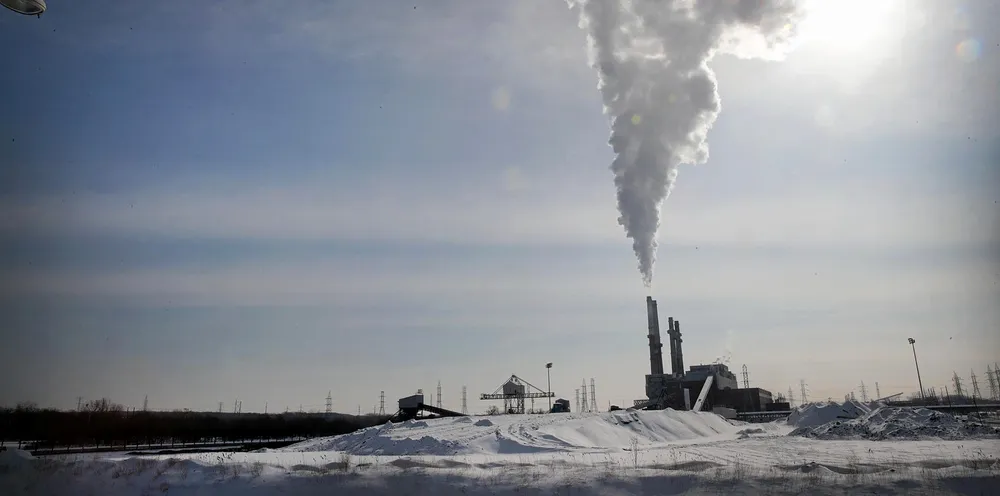Biden's green push could strand $68bn in US coal and gas assets: S&P
Investments vulnerable as renewables grow to meet president's ambitious decarbonisation agenda, says study

Investments vulnerable as renewables grow to meet president's ambitious decarbonisation agenda, says study
